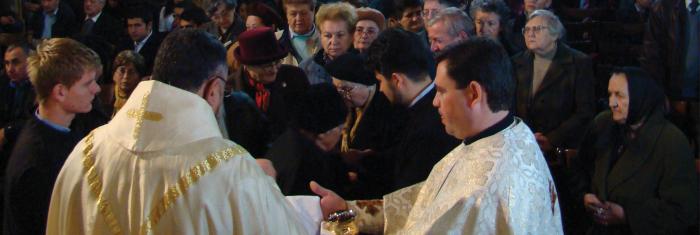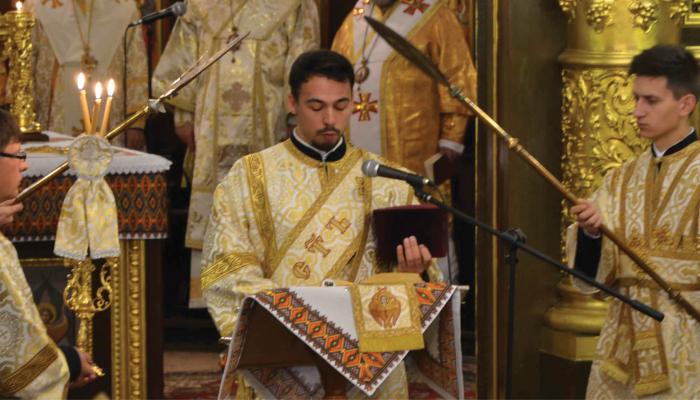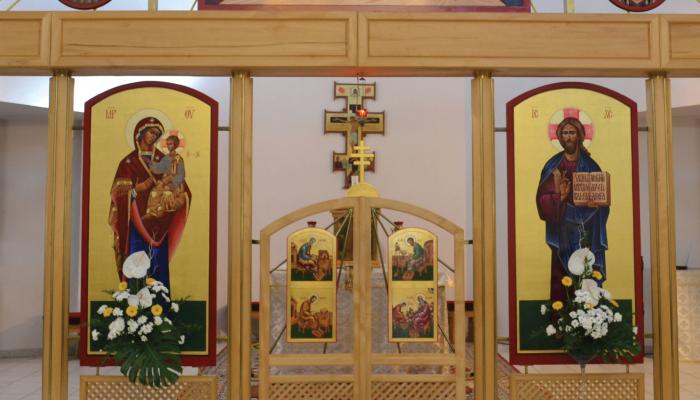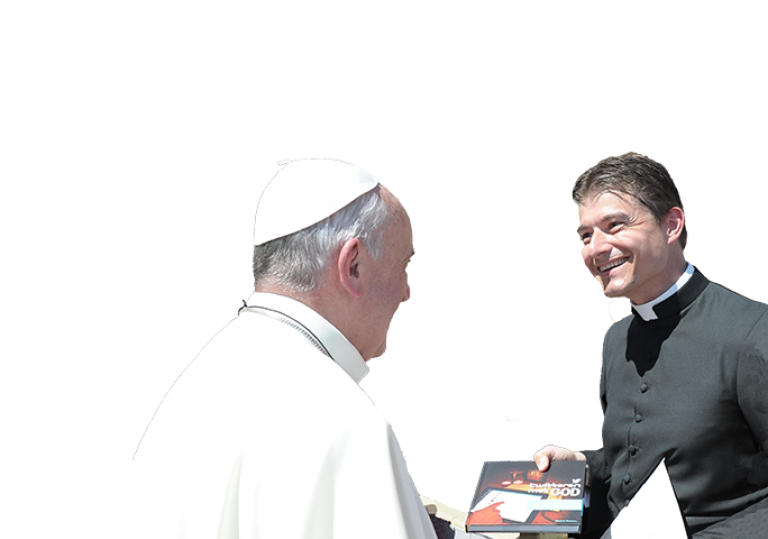
3.51 Che cosa sono le Chiese cattoliche orientali? Che cosa sono i 'riti'?
C’è solo una Chiesa cattolica, dentro la quale ci sono Chiese differenti. Tutte riconoscono il papa come loro guida. La differenza più grande è il risultato della divisione dell’Impero romano. Questo portò ad una Chiesa occidentale con Roma come centro: la Chiesa cattolica romana. A parte questa, ci sono diverse Chiese cattoliche orientali.
Un 'rito' è il modo in cui si celebra la liturgia. Questo rito può essere differente per ogni Chiesa, e possono esserci diversi riti all’interno di una Chiesa unica. Quello che è sempre uguale è l’essenza della liturgia, così il centro dell’Eucarestia è sempre la presenza di Gesù stesso.
I due riti più diffusi sono il Rito romano o Rito latino e quello Bizantino o Rito cattolico greco, entrambi tradotti in molte lingue locali. Altri riti importanti sono il Rito copto (Egitto), il Rito Etiopico, il Rito siro-occidentale, quello siro-orientale e il Rito armeno.
Why is the one Mystery of Christ celebrated by the Church according to various liturgical traditions?
The answer is that the unfathomable richness of the mystery of Christ cannot be exhausted by any single liturgical tradition. From the very beginning, therefore, this richness found expression among various peoples and cultures in ways that are characterized by a wonderful diversity and complementarity. [CCCC 247]
What is the criterion that assures unity in the midst of plurality?
It is fidelity to the Apostolic Tradition, that is, the communion in the faith and in the sacraments received from the apostles, a communion that is both signified and guaranteed by apostolic succession. The Church is Catholic and therefore can integrate into her unity all the authentic riches of cultures. [CCCC 248]
Can the Church also change and renew the liturgy?
There are changeable and unchangeable components of the Liturgy. Unchangeable is everything that is of divine origin, for instance, the words of Jesus at the Last Supper. Then there are changeable parts, which the Church occasionally must change. After all, the mystery of Christ must be proclaimed, celebrated, and lived out at all times and in all places.
Jesus effectively addressed the entire person: mind and understanding, heart and will. That is precisely what he wants to do today also in the Liturgy. That is why it has different characteristics in Africa and in Europe, in nursing homes and at World Youth Days, and differs in appearance in parishes and monasteries. But it must still be recognizable that it is the one liturgy of the whole worldwide Church. [Youcat 192]





